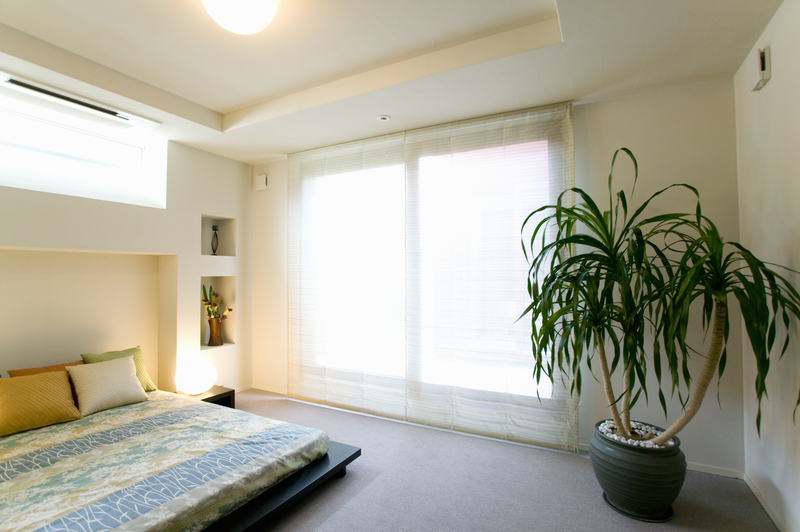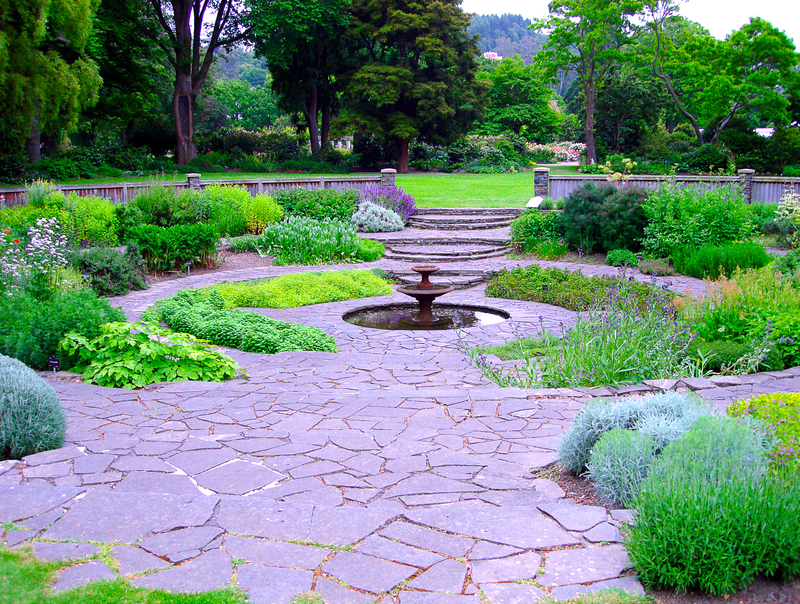Norway Spruce Tree Growth Tips
The Norway Spruce (Picea abies) is a magnificent evergreen tree that boasts fast growth and excellent adaptability, making it a popular choice for landscapes, windbreaks, and Christmas trees. For gardeners and arborists who wish to cultivate this tree successfully, understanding the essentials of its growth is crucial. This article will provide you with comprehensive tips to ensure your Norway Spruce thrives in your garden or yard.
Understanding Soil Requirements
One of the fundamental steps to ensure the healthy growth of your Norway Spruce is selecting the right soil. This tree prefers well-drained, acidic soil to flourish. While it can adapt to a variety of soil types, including sandy and clay soils, ensuring good drainage is non-negotiable. Poor drainage can lead to root rot and stunted growth. To test your soil's drainage, dig a hole about 12 inches deep and fill it with water. If the water drains within 30 minutes, your soil has good drainage.

Optimal Light Conditions
Norway Spruce trees thrive best in full sunlight, though they can tolerate partial shade. If you're planting a Norway Spruce, choose a location that receives at least 6 hours of direct sunlight per day. Adequate light ensures robust growth and helps the tree to develop a dense, green canopy. While they can survive under shaded conditions, they may not grow as vigorously and could become more susceptible to diseases.
Watering Practices
Proper watering is vital for the growth of Norway Spruce trees, especially during their initial years after planting. During the first couple of years, ensure that the tree receives consistent moisture. Water deeply once a week, adjusting according to rainfall and temperature variations. In periods of extreme heat, increase watering frequency. However, always ensure the soil does not remain waterlogged to prevent root disease.
Fertilization and Mulching
Fertilizing your Norway Spruce can significantly boost its growth rate and overall health. Start by applying a balanced, slow-release fertilizer in early spring. Avoid fertilizing in late summer or fall, as this can encourage new growth that may not harden off before winter. Additionally, applying a 2-3 inch layer of mulch around the base of the tree helps retain soil moisture, regulate temperature, and suppress weeds. Ensure the mulch is kept away from the tree trunk to prevent rot.
Pruning Techniques
Pruning is an essential practice for maintaining the shape and health of your Norway Spruce. The ideal time to prune is late winter or early spring before new growth begins. Remove any dead, diseased, or damaged branches first. Next, trim back any branches that detract from the tree's natural shape. Avoid heavy pruning, as this can stress the tree and inhibit growth. Instead, opt for light and frequent pruning sessions.
Managing Pests and Diseases
Norway Spruce trees are relatively hardy but can be susceptible to pests and diseases if not monitored. Common pests include spruce spider mites, aphids, and bark beetles. Regularly inspect your tree for signs of infestation, such as discolored needles or unusual growths. Treat infestations promptly using insecticidal soap or neem oil. To prevent diseases like needle cast and cankers, ensure proper spacing for air circulation and avoid overhead watering.
Pros and Cons of Growing Norway Spruce
Pros:
- Fast-growing and adaptable to a variety of soil conditions.
- Provides excellent windbreaks and privacy screens.
- Aesthetically pleasing with dense, green foliage.
- Low maintenance once established.
Cons:
- Requires well-drained soil to prevent root rot.
- Can become susceptible to pests and diseases if not monitored.
- Heavy snowfall or ice can cause branch breakage.
Tips for Successful Growth
Here are some additional tips to ensure the vigorous growth of your Norway Spruce:
- Plant during late fall or early spring to avoid extreme temperatures.
- Space multiple trees adequately to prevent overcrowding.
- Regularly check soil pH and keep it slightly acidic (pH 5.5-7.0).
- Provide young trees with a tree guard to protect from animal damage.

Takeaways
The Norway Spruce is a robust tree that, with proper care, can transform your landscape. Key takeaways for successful growth include:
- Choosing well-drained, acidic soil.
- Ensuring the tree receives full sunlight.
- Maintaining consistent watering practices, especially for young trees.
- Fertilizing and mulching to support healthy growth.
- Pruning to maintain shape and monitor for pests and diseases.
Conclusion
Norway Spruce trees are versatile, fast-growing evergreens that can enhance any landscape. By following the growth tips outlined in this article, you can ensure that your Norway Spruce thrives, providing beauty and function for many years to come. While they do require some initial care, their low maintenance needs once established make them a worthy addition to any garden or yard.





